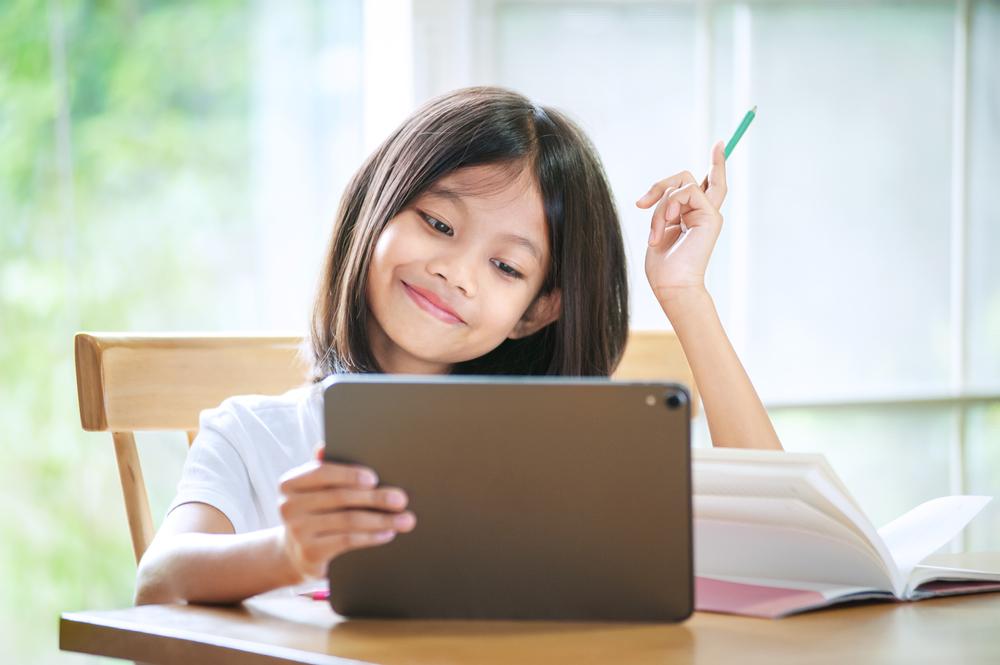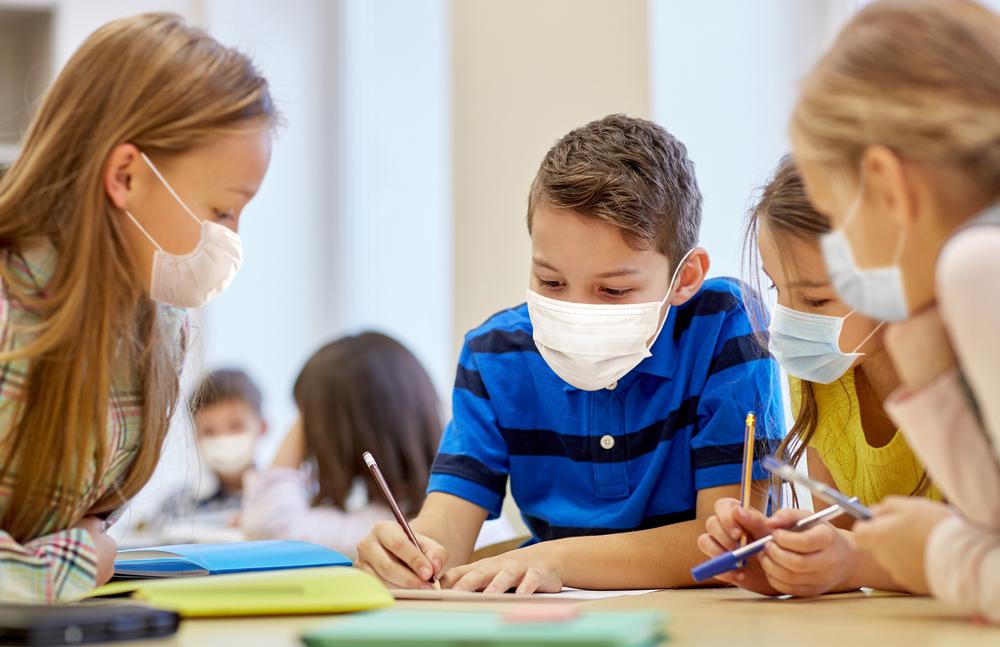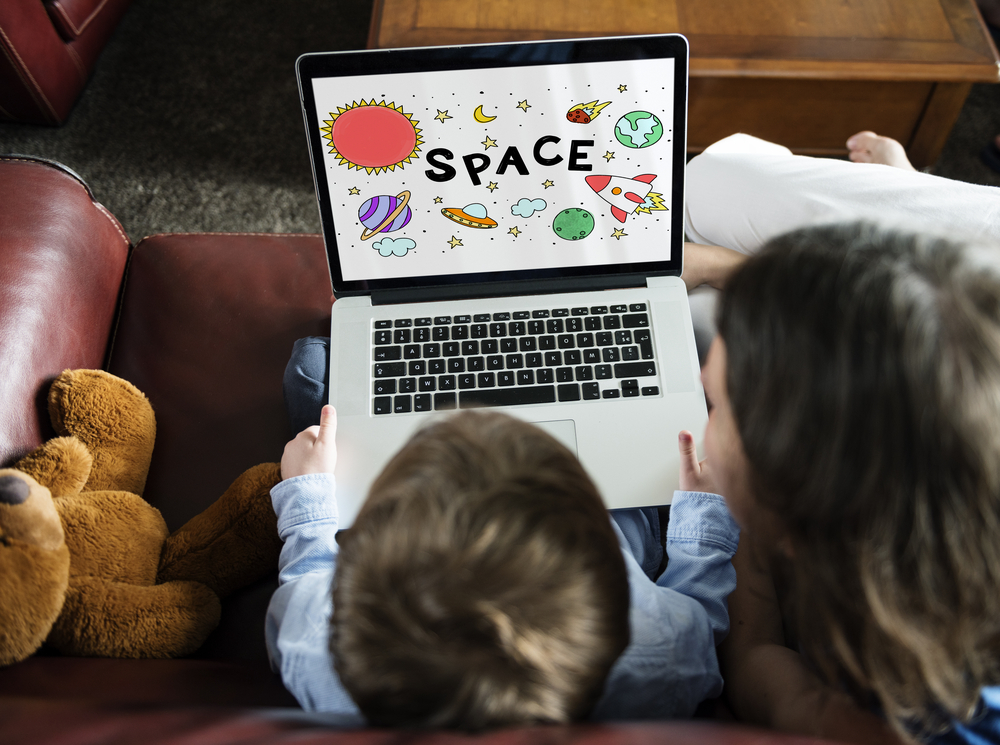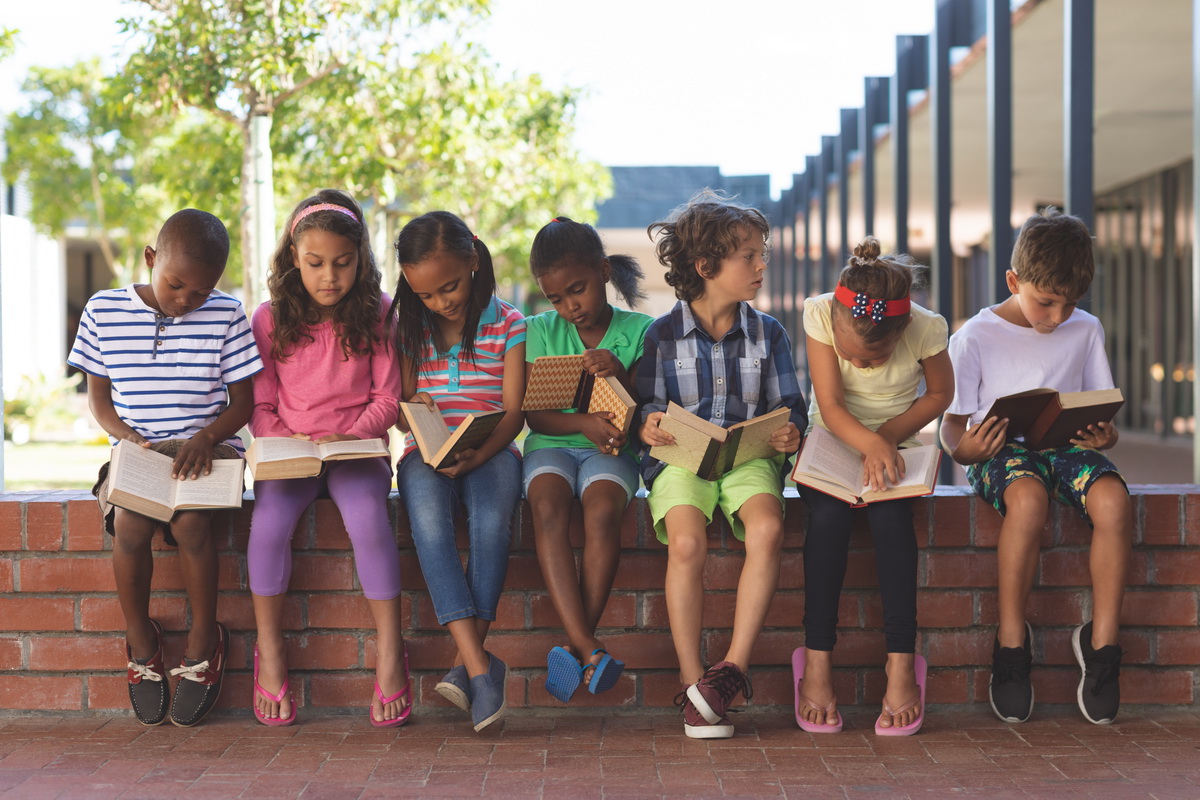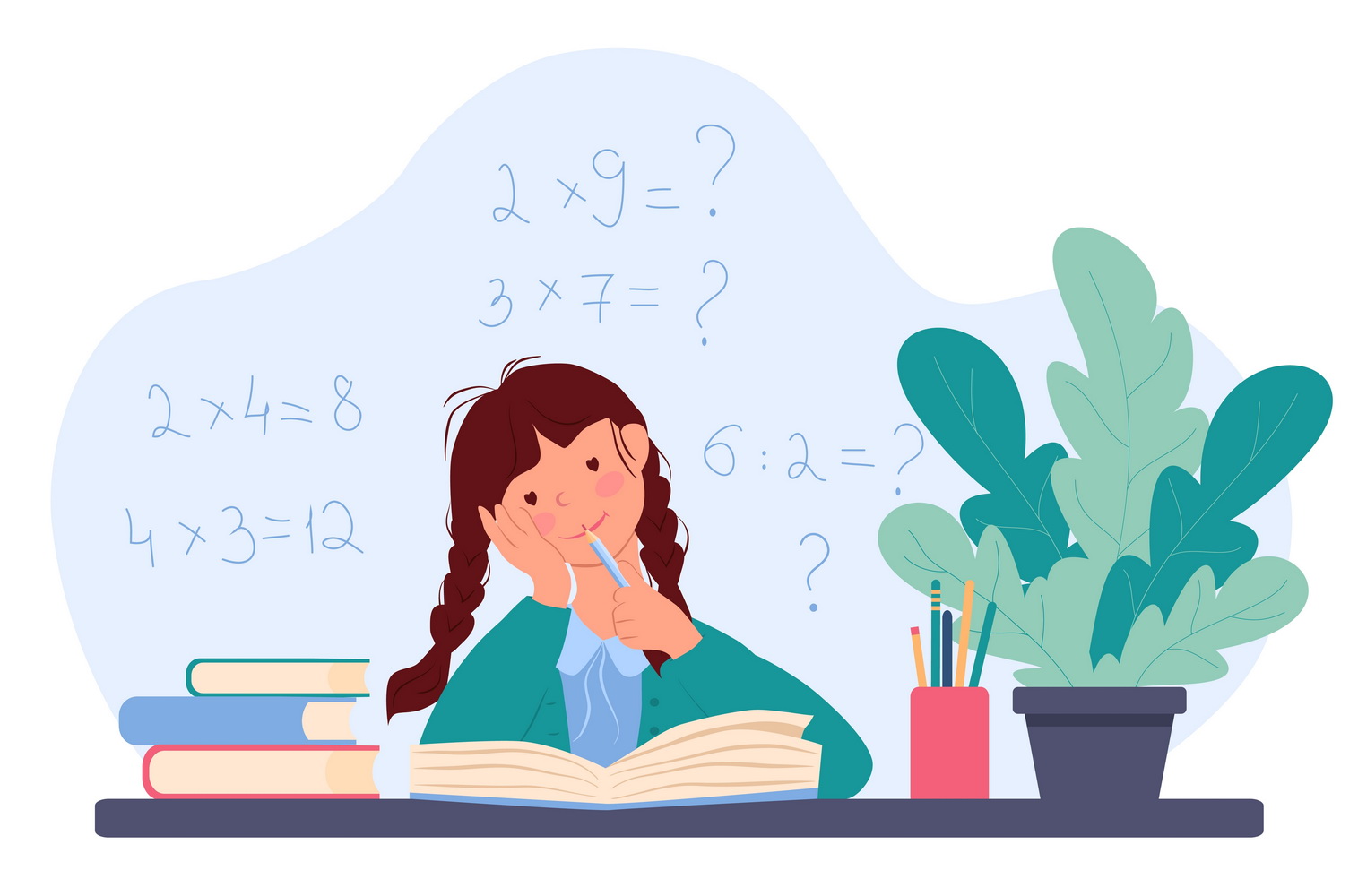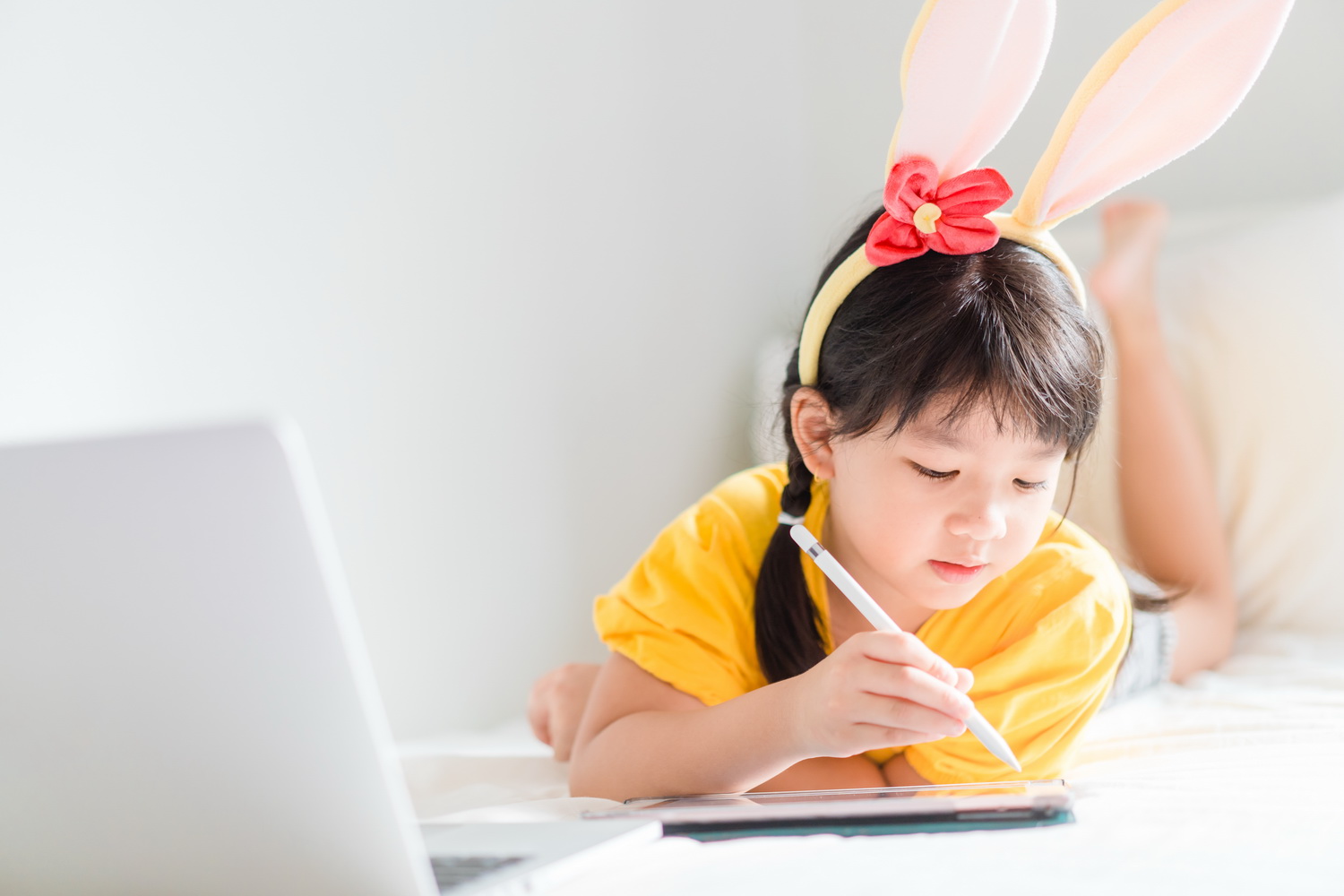Personalized Learning for Pandemic Learning Loss: Strategies to Try for Both Teachers and Parents
Aug. 6, 2021
After a year filled with social distancing and virtual classes, it has become glaringly apparent that the pandemic has taken its toll on our children’s learning. With limited opportunities for in-person and hands-on learning, many students fell behind, forming learning gaps that must be closed in the coming school year.
As a parent or teacher, you may be wondering what can be done to remediate for lost learning opportunities stemming from the pandemic. And as we embark on a brand-new school year, most of the nation’s schools will be welcoming kids back onto campus, with the high hopes of helping them catch up. While it may seem like a lofty goal, one way to achieve this is through personalized learning.
What is Personalized Learning?
When many of us hear the phrase “personalized learning”, we tend to think of an individual educational plan, or IEP. This is the term we commonly use to describe the individualized learning plan that assists students with unique special needs. IEPs play a crucial role in helping students who need them succeed, but personalized learning applies to the wider population of students. Personalized learning specifically refers to differentiating instruction and activities to meet the needs of every learner.
In other words, personalized learning is all about getting to know how an individual child learns and creating meaningful educational experiences and kids lessons to best reach all students.
Personalized Learning Strategies to Close Learning Gaps
1. Use a gamified learning app as a supplement to remediate gaps
Many learning apps, such as the Talented and Gifted app from Kids Academy include an adaptive element that leads children through a learning progression, unlocking activities as children prove mastery. Such toddlers learning apps are not meant to be standalone teaching resources but are used as supplements that aid in remediation for students, as well as enrichment for those who are working ahead.
When used for remediation, it’s important that the app engages kids through motivational tasks, like learning math games and quizzes that provide ample feedback and encouragement. This guarantees that they will enjoy their lessons and learn more from the experience.
2. Give kids more choices in assessments or how to present them
It’s important to know just how powerful the gift of choice can be for little learners. When children feel trapped into a project or unit that doesn’t interest them, they learn less and fall behind.
One option is to offer students a choice in assessments; there are a wide variety of ways in how to do this, from giving kids a “menu” of assignment options, to allowing them to explore and choose their own topic that aligns to the goals of the task.
Another option is to allow children to choose the way in which they present material. For instance, students may be tasked with a project studying an animal or country, but they are given a choice on product delivery. They might choose to create a poster, a comic strip, or to create a FlipGrid video to present their project. You can also give your child the choice of how they want to learn the material, be it videos, free interactive worksheets, or games.
You may be wondering how allowing children more choice leads to closing learning gaps. Simply put, kids who feel in control of their learning also feel confident. They enjoy learning more and will often go above and beyond — learning more than just the required skills — to complete their tasks. This sense of self-efficacy carries with them into other subjects and tasks, poising them for success in reteaching and intervention opportunities.
3. Group children strategically for collaborative learning experiences
As teachers, we already know that how children are grouped in the classroom makes a big difference in how well they learn. That’s why it’s important to group kids in such a way that will benefit students who need remediation for learning gaps, while also allowing their grade-level peers to thrive.
One solution is to consider students’ unique personalities and learning levels, and plan to group them with peers that exhibit a variety of strengths and weaknesses. For instance, kids who are behind can learn from those who are ahead. Another consideration is to taking your kids’ preferences to heart, and grouping them with kids they also trust and with whom they feel comfortable. The key is to get to know children’s unique needs before grouping them to make the best possible decision.
For parents, this can be done by forming a learning pod or study group within your community that includes a variety of learners who can all benefit from working together.
4. Follow the data to plan lessons and inform instruction
Lastly, implementing data-driven instruction is crucial to personalizing learning experiences. Each child’s data can be gleaned through informal observation, results on quizzes, or progress through a learning app. The results should be analyzed for each individual and considered when planning activities. With deep forethought, lessons may be highly differentiated to meet each learner’s needs.
There’s no doubt that the upcoming school year may be a tough one as teachers, parents, and students work to make up lost learning stemming from the pandemic. However, personalizing learning can help students recover lost ground and make new strides in their studies. Try the above strategies to personalize learning for your kids to make the most of this new school year!


